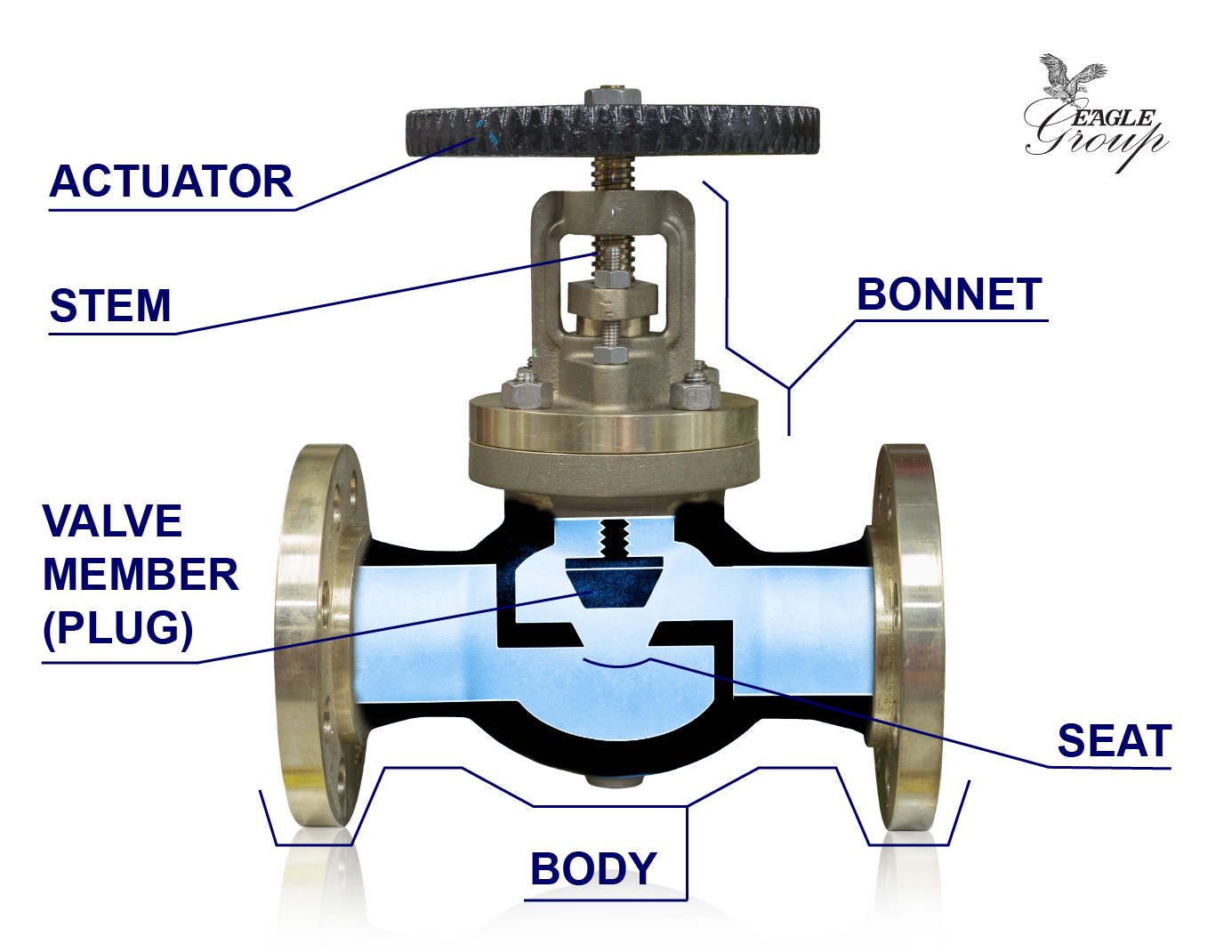Is Valve Cover Gasket Same As Head Gasket

One of the most common points of confusion in automotive repair, particularly for newer car owners, is the difference between the valve cover gasket and the head gasket. While both are crucial seals preventing leaks in your engine, their locations, functions, and the severity of issues arising from their failure are vastly different. Mistaking one for the other can lead to misdiagnosis and unnecessary repairs.
Valve Cover Gasket: A Simple Seal for a Simpler Job
The valve cover gasket, as the name implies, seals the valve cover to the cylinder head. The valve cover is a relatively simple component, usually made of metal or plastic, that sits atop the engine and protects the valve train. The valve train encompasses components like the camshaft, rocker arms, valves, and springs which control the opening and closing of the engine's valves. Its primary function is to contain the engine oil that lubricates these moving parts and prevent it from leaking out.
When a valve cover gasket fails, it typically results in an external oil leak. You might notice oil dripping onto the engine block, potentially causing a burning smell as the oil contacts hot components. You might also see oil accumulating around the valve cover itself. While unsightly and potentially messy, a leaking valve cover gasket rarely causes catastrophic engine damage if addressed promptly. The valve cover gasket is often made of rubber, cork, or silicone, and over time, exposure to heat and oil can cause it to become brittle, cracked, and less effective at sealing.
Replacing a valve cover gasket is generally a straightforward repair, often within the capabilities of a moderately skilled DIY mechanic. It usually involves removing the valve cover, cleaning the mating surfaces, installing the new gasket, and reassembling everything to the correct torque specifications. Neglecting a leaking valve cover gasket can lead to excessive oil consumption and a fire hazard, but the risk to the engine's internal components is minimal.
Head Gasket: Sealing the Heart of the Engine
The head gasket, on the other hand, is a much more critical component. It sits between the engine block and the cylinder head, sealing the combustion chambers where the magic of internal combustion happens. Its job is to contain the immense pressure and heat generated during combustion and prevent coolant and oil from mixing within the engine. The head gasket is typically made of a more robust material than a valve cover gasket, such as multi-layered steel (MLS) or composite materials, due to the extreme conditions it must endure.
When a head gasket fails, the consequences can be severe. A blown head gasket can lead to a variety of problems, including:
- Coolant leaking into the cylinders: This can cause white smoke from the exhaust, rough running, and ultimately, hydrolock (where coolant fills the cylinder preventing piston movement, causing potential engine damage).
- Oil leaking into the coolant: This creates a milky, milkshake-like substance in the cooling system.
- Coolant leaking into the oil: This can lead to poor lubrication and accelerated engine wear.
- Loss of compression: Resulting in reduced engine power and poor fuel economy.
- Overheating: As the cooling system loses its ability to regulate temperature effectively.
Replacing a head gasket is a complex and time-consuming repair that often requires specialized tools and expertise. It typically involves removing the cylinder head, which requires disconnecting numerous components, including the exhaust manifold, intake manifold, timing belt or chain, and various sensors and hoses. The head and block surfaces must be meticulously cleaned and checked for flatness before installing a new head gasket and torquing the head bolts to the manufacturer's precise specifications. Failure to do so correctly can lead to a repeat failure of the head gasket.
Key Differences Summarized
In essence, the valve cover gasket seals the valve cover to the cylinder head, preventing external oil leaks and protecting the valve train. A leaking valve cover gasket is usually a minor issue, albeit an annoying one. The head gasket, however, seals the cylinder head to the engine block, maintaining combustion chamber integrity and preventing the mixing of coolant and oil. A blown head gasket is a serious problem that can lead to significant engine damage.
Therefore, while both are gaskets and both prevent leaks, they operate in vastly different environments and have vastly different consequences when they fail. Understanding this distinction is crucial for proper diagnosis and repair of engine-related issues.
